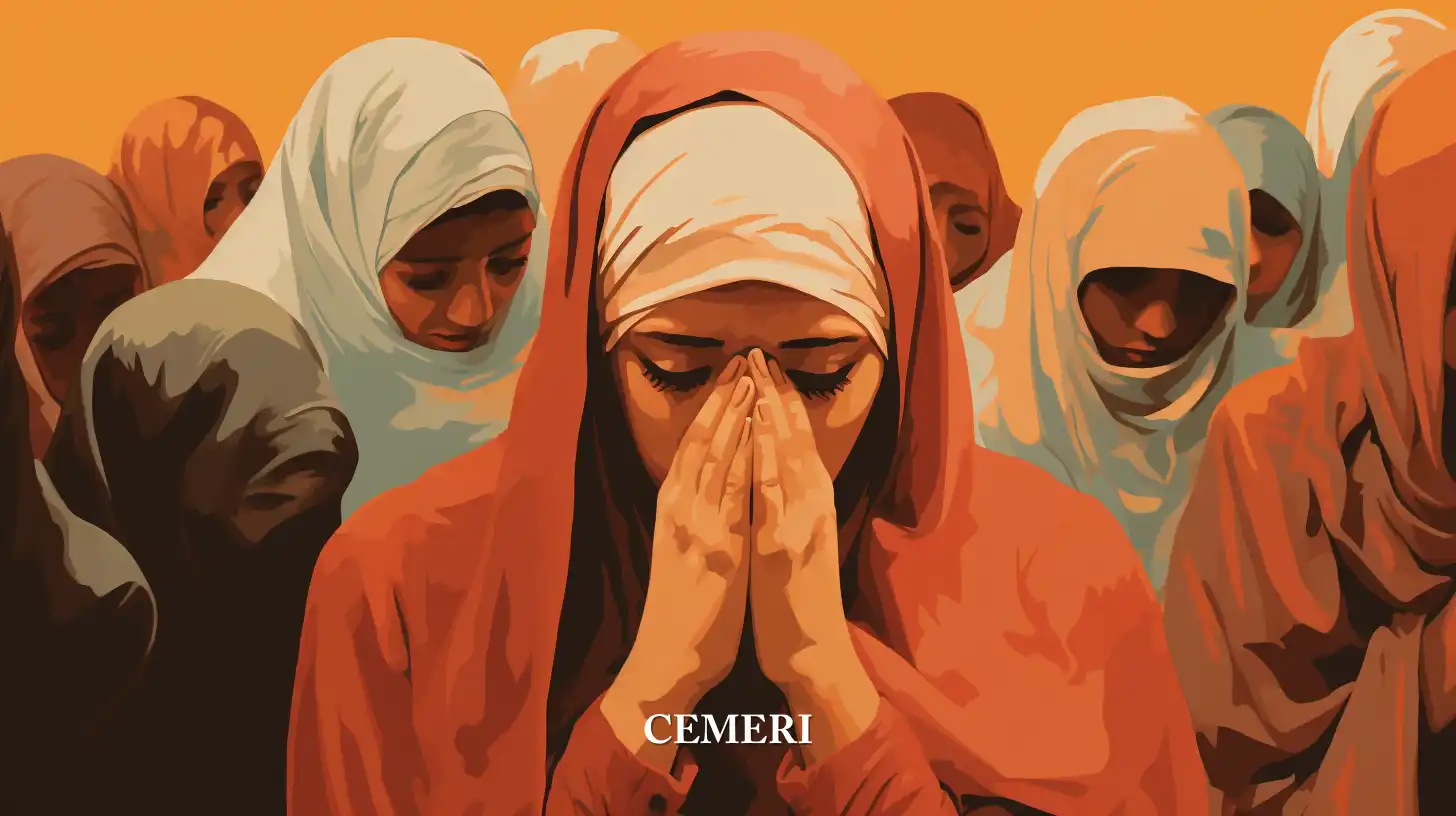Encyclopedia
Oscar Abraham Raya López
How are countries classified according to their level of development?
- Questioning the term "developing" helps to obtain new, more accurate, and useful measurements or classifications for the contemporary world.

There is currently no single way to determine if a country is developing or developed. The methodologies with high international recognition are those managed by the World Bank (WB), the United Nations (UN) and the International Monetary Fund (IMF). Each one has its own particularities, so it is necessary to analyze them in detail.
The World Bank classification
The World Bank classifies countries taking into account their economies and income, for analytical purposes, into four main groups, these being: low, medium-low, medium-high, and high-income (World Bank, 2021, par. 1). To determine which group they should belong to, the WB uses the respective gross national income, GNI, per capita of each country, converting said figure from the local currency to US dollars using the World Bank Atlas method (World Bank, 2021, par 1-2). With this method, a country is considered:
- Low income if your GNI per capita is equal to or less than $1,045.
- Lower middle income if your GNI per capita is between $1,046 and $4,095.
- Upper middle income if your GNI per capita is between $4,096 and $12,695.
- High income if their GNI per capita is equal to or greater than $12,696 (World Bank, s.f. par.1).
The first compendium of WB statistics that classified countries based on their income was published in 1966 and was named Atlas of the World Bank; for that year, Kuwait was the nation with the highest average per capita (World Bank, 2016, par. 2). Over time, the way of classifying countries was modified. By 1978, the WB published the World Development Report where the groups of "low income" and "middle income" countries were introduced; five years later, the middle income group was subdivided into “low” and “high” levels (World Bank, 2016, par. 3).
Even over time, both the classification used by the World Bank and its methodology to carry it out have remained relevant. Only current price inflation thresholds should be adjusted, however, there are other issues that may require improvements such as conversion of GNI to US dollars because standard market rates can fluctuate too much in the short term (World Bank, 2016 , par. 5-9).
The United Nations classification
Under the report World Economic Situation and Prospects, WESP, the UN classifies all its members, with the intention of reflecting their basic economic conditions, into three categories: developed economies; economies in transition; and developing economies (United Nations, 2021, p. 123). To conceive these classifications, the United Nations uses various sources, such as the United Nations Conference on Trade and Development (UNCTAD), IMF, the Organization for Economic Cooperation and Development (OECD), The Economic Analysis and Policy Division (EAPD ), WB and the United Nations Department of Economic and Social Affairs (UNDESA) and methodologies, such as the M49 code, IDH, the aggregation methodology, among others. The classification not determined by the above factors is "less developed countries", PMD (United Nations, 2021, p. 123-124).
The PMD is established by the Economic and Social Council (ECOSOC) and the UN General Assembly based on recommendations made by the Committee for Development Policies, a subsidiary of ECOSOC and, as of December 2020, there were 46 countries considered LDCs ( United Nations, 2021, p.124). It is important to highlight the existence of some countries, such as those considered "economies in transition", because they could easily be classified in more than one category, however, the United Nations makes the groups mutually exclusive to facilitate the analysis and elaboration of these (United Nations, 2021, p.124). Among the most interesting things on the list prepared by the UN, are:
- Almost the entire European continent is considered developed, while the entire African continent is registered as developing.
- Given their classification as economies in transition, the only European countries that are not seen with developed economies are Albania, Montenegro, North Macedonia, Bosnia and Herzegovina, and Serbia.
- With the exception of the United States and Canada, the rest of the American continent is under development.
- The only developed Asian and Pacific countries are Australia, Japan, and New Zealand.
- Despite its high economic power, China is registered as a developing country.
- Russia is classified as a transition economy (United Nations, 2021, par. 125-127).
Before proceeding with the measurements managed by the IMF, it is crucial to make a clarification about the United Nations and the term "developing economies". Although it is true that the previous international organization classifies 159 nations of its members under this concept, it lacks a formal definition of said classification (World Bank, 2015, par. 10).
The classification of the International Monetary Fund
Since its inception, all countries belonging to the IMF are obliged to provide their economic and financial information for the preparation of the report International Financial Statistics, IFS, which originally had three initial classifications: industrial countries; other high-income countries; and less developed countries (International Monetary Fund, 2011, p. 16). Years later, the system would see important modifications, however, the modern version would begin to crystallize in the 80s and 90s. In May 1980, the IFS classification system was reformed and simplified, thus obtaining two groups: industrial countries and developing In 1997, the name changed from “industrial” to “advanced economies” at the request of countries like Japan (International Monetary Fund, 2011, p. 17).
Today, and with the name of Fiscal Monitor, the IMF analyzes each year the information of its members to classify them in one of the three current categories: advanced economies; emerging and middle-income economies and low-income developing countries (International Monetary Fund, n.d., par. 58). According to the most recent information:
- There are 35 countries classified as advanced economies; 40 as emerging and middle-income economies; and 40 in low-income development.
- Among the advanced economies are the United States, Germany, France, Japan, the United Kingdom, among others.
- Emerging and developing economies include China, India, ASEAN-5, Russia, Mexico, Saudi Arabia, South Africa and more (International Monetary Fund, 2022, par. 24).
- Although not many details are given about the current low-income developing countries, in 2015 some nations that were in this group were Burkina Faso, Chad, Bolivia, Honduras, Uzbekistan, Mongolia, among others. (International Monetary Fund, 2015, p. 164-165).
Criticism of the “development” system
Both the public and private sectors have criticized the system that classifies countries as “developing” in recent years. For her part, Alicia Bárcena, executive secretary of the Economic Commission for Latin America and the Caribbean (ECLAC), argues that it is necessary to reconsider the criteria for measuring and classifying development used by various international organizations in order to have an index of multidimensional vulnerability for middle-income countries (Economic Commission for Latin America and the Caribbean, 2021, par. 1-3).
In the private sphere, the call to reform the system also echoes. Examples are the statements of Bill and Melinda Gates, who describe the term "developing" as passé, or that of Hans Rosling, who argued that the division between "the developed" and "developing world" no longer exists (World Bank, 2015, par. 12). At the end of the day, there are many ways to measure the development of countries; each one is changing and the action of replanting them is common and accepted in international organizations such as the UN and derivatives. In the words of the World Bank, questions about the term "developing" are welcome because they help to obtain new measurements or classifications that are more precise and useful for the contemporary world (World Bank, 2015, par. 26).
Sources
Banco Mundial. (2021). The World by Income and Region. Recuperado de: https://datatopics.worldbank.org/world-development-indicators/the-world-by-income-and-region.html
Banco Mundial. (2016). Clasificación de los países según el ingreso: Un nuevo documento de trabajo. Recuperado de: https://blogs.worldbank.org/es/opendata/clasificacion-de-los-paises-segun-el-ingreso
Banco Mundial. (2015). ¿Debemos seguir usando el término “mundo en desarrollo”? Recuperado de: https://blogs.worldbank.org/es/opendata/debemos-seguir-usando-el-termino-mundo-en-desarrollo
Banco Mundial. (s.f.). World Bank Country and Lending Groups: Country Classification. Recuperado de: https://datahelpdesk.worldbank.org/knowledgebase/articles/906519-world-bank-country-and-lending-groups
Comisión Económica para América Latina y el Caribe. (2021). CEPAL pide reconsiderar los criterios de medición y clasificación del desarrollo, así como suspender las “graduaciones” de los países de renta media durante la pandemia. Recuperado de: https://www.cepal.org/es/comunicados/cepal-pide-reconsiderar-criterios-medicion-clasificacion-desarrollo-asi-como-suspender
Fondo Monetario Internacional. (2015). Perspectivas de la economía mundial: crecimiento dispar y factores a corto y largo plazo. Recuperado de: https://www.imf.org/external/spanish/pubs/ft/weo/2015/01/pdf/texts.pdf
International Monetary Fund. (2022). War Dims Global Economic Outlook as Inflation Accelerates. Recuperado de: https://blogs.imf.org/2022/04/19/war-dims-global-economic-outlook-as-inflation-accelerates/
International Monetary Fund. (2011). Classifications of Countries Based on Their Level of Development: How it is Done and How it Could be Done. Recuperado de: https://www.imf.org/en/Publications/WP/Issues/2016/12/31/Classifications-of-Countries-Basedon-their-Level-of-Development-How-it-is-Done-and-How-it-24628
International Monetary Fund. (s.f.). Available Datasets Listed Alphabetically. Recuperado de: https://data.imf.org/?sk=388DFA60-1D26-4ADE-B505-A05A558D9A42&sId=1479329132316
United Nations. (2021). World Economic Situation and Prospects. Recuperado de: https://www.un.org/development/desa/dpad/wp-content/uploads/sites/45/WESP2021_FullReport.pdf

